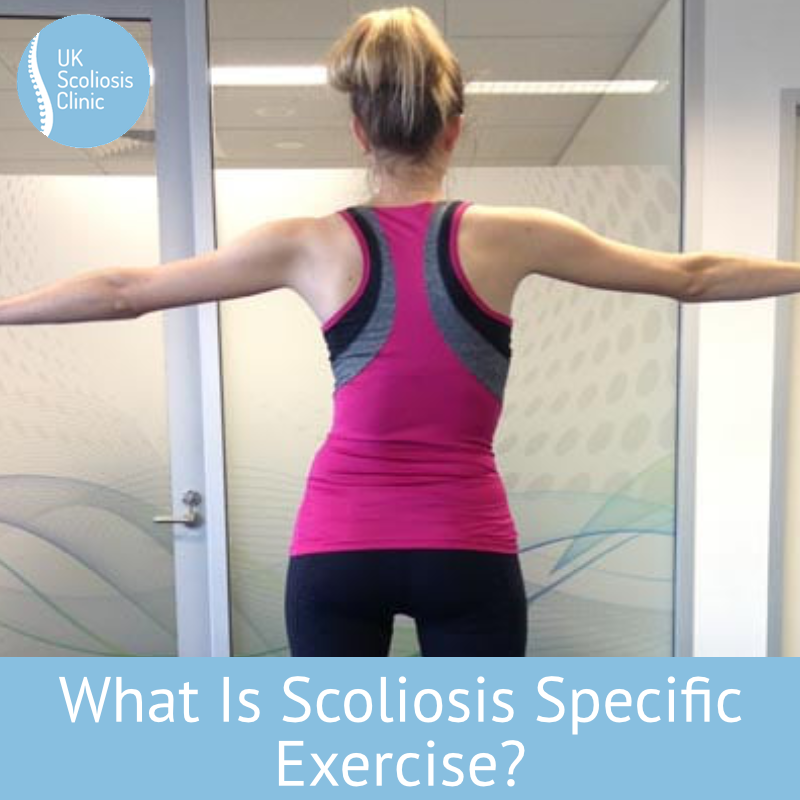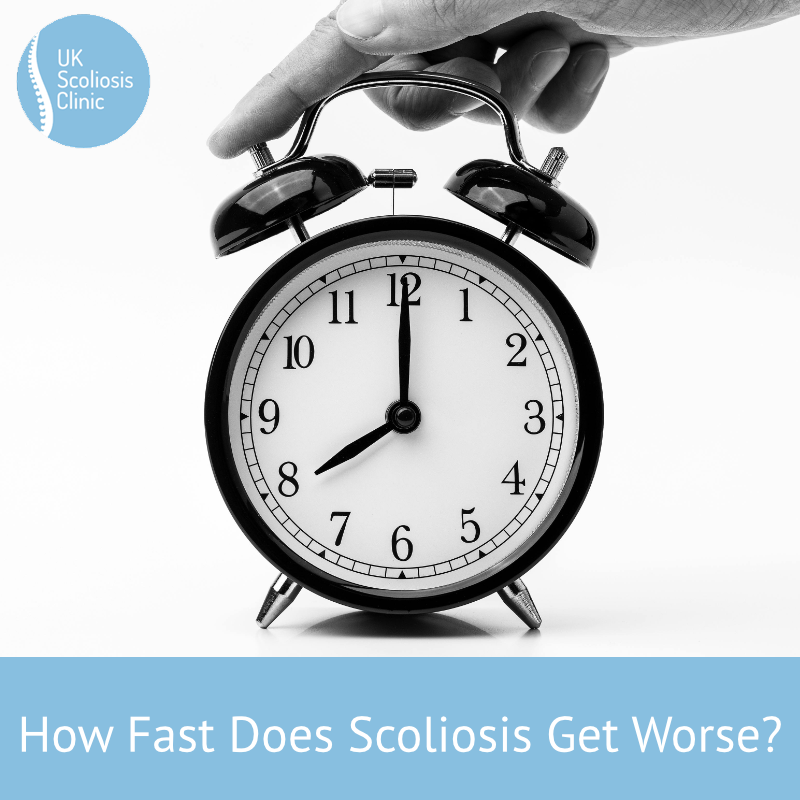
Every Scoliosis case is unique, and at the UK Scoliosis clinic, we believe this means each case needs a unique treatment program. Scoliosis-specific exercise is just one of the many tools which we can use to treat scoliosis cases.
Historically, general exercises like Pilates and yoga (sometimes performed in a specific way) were used as an attempted treatment, but modern research has shown that they lack a direct impact on its prevention or control. Fortunately, two specialised approaches, Schroth and SEAS, have emerged as effective tools for reducing scoliosis progression and promoting correction.
Understanding Scoliosis-Specific Exercise
Scoliosis-specific exercises are meticulously designed routines, customised for each patient, aiming to counteract the curvature of scoliosis. Unlike bracing, scoliosis-specific exercise does require consistent effort on the part of the patient since the focus is on self-correction and maintaining improved posture in daily life.
SEAS – Scientific Exercise Approach To Scoliosis
SEAS is an individualised exercise program tailored for scoliosis treatment. It can be used independently for small curves or as a complement to bracing for larger curves and those with high progression risks.
Schroth Method
The first scientific approach to treating Scoliosis with exercise, Schroth was developed in 1921 by Katharina Schroth. The Schroth method consists of over 100 individualised exercises chosen based on the patient’s specific curve. The program addresses functional issues associated with scoliosis, actively working to improve the condition during everyday life, not just during targeted exercise sessions.
Chiropractic Biophysics (CBP)
While not directly designed for Scoliosis treatment, Chiropractic Biophysics deserves an honourable mention. CBP involves a biomechanical analysis of the spine and posture, followed by a targeted program aimed at shifting them back to normal alignment. There’s currently no research which recommends CBP as a mainline Scoliosis treatment, however at the UK Scoliosis clinic we sometimes also use it as part of a comprehensive rehabilitation plan for individuals who are suffering back pain.
Effectiveness of Scoliosis-Specific Exercise
Research indicates that physiotherapy-based scoliosis-specific exercise programs are effective in managing small curves (10-20 degrees) in adolescence. For curves exceeding 20 degrees, exercise alone is not considered sufficient, but it enhances long-term results when combined with bracing. These programs improve muscular balance, strength, spinal flexibility, neuromuscular coordination, postural symmetry, and reduce pain in adults with scoliosis.
Scoliosis-Specific Exercise at the UK Scoliosis Clinic
The UK Scoliosis Clinic offers individually tailored programs as standalone treatments or as part of comprehensive plans involving bracing and complementary approaches. Recognising that one size does not fit all, our clinic emphasises regular review, updating, and modification of exercise programs to ensure continuous improvement tailored to each patient’s needs and abilities.





